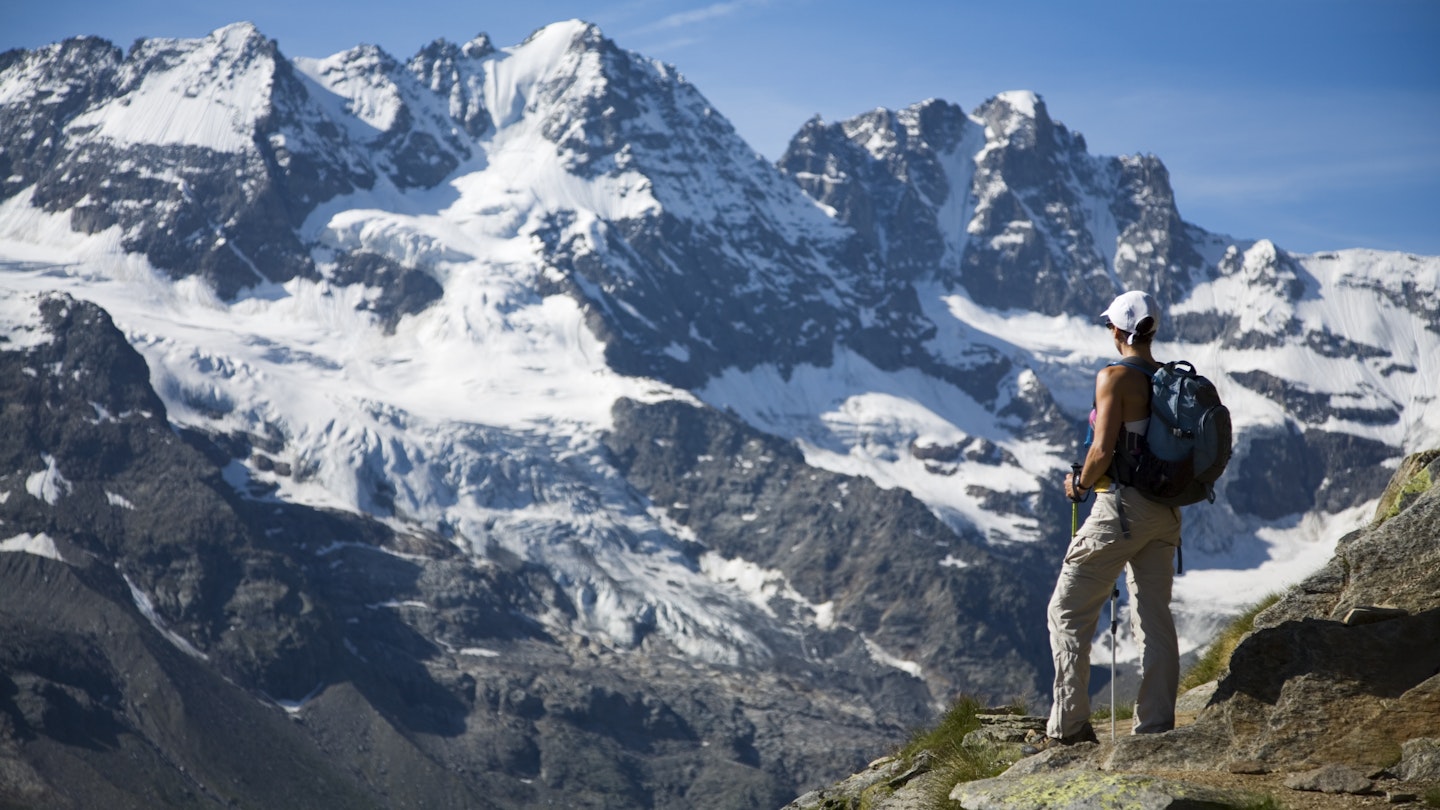While Italy’s natural beauty is undoubtedly renowned, the country’s national parks often go unnoticed by international travelers, overshadowed by iconic cities like Florence, Rome, and Venice.
However, Italy boasts 25 remarkable parco nazionales, which are preserved areas of outstanding natural beauty featuring towering mountains, rugged coastlines, and azure islands. These parks also offer a network of sentieri (marked trails) and numerous rifugi (mountain huts). If you’re ready to discover Italy’s wild side, here are 10 exceptional national parks that you should consider visiting.
Parco Nazionale dell’Arcipelago di La Maddalena
Established in 1996, Parco Nazionale dell’Arcipelago di La Maddalena consists of seven main islands and several smaller islets off the northeastern coast of Sardinia. The prevailing maestrale wind has sculpted the granite into stunning natural formations.
The renowned seascapes of La Maddalena are ideally explored by boat, complementing the charm of the islands with their sun-soaked buildings and vibrant atmosphere. This national park is a crucial natural habitat, and while protection measures are in place, the ecosystem requires cautious exploration.
Parco Nazionale dell’Aspromonte
Located in Calabria, this dramatic park rises sharply from the port town of Reggio. Its highest peak, Montalto (1955m), is marked by a statue of Christ, providing panoramic views across to Sicily.
The park’s rugged mountains are surrounded by lush coniferous forests and myriad wildflowers in springtime, presenting excellent trekking opportunities with several color-coded trails winding through the landscape.
Parco Nazionale del Cilento e Vallo di Diano
Covering much of the Cilento peninsula, Italy’s second-largest national park features intriguing landscapes accessible within an hour from Paestum. Discover the fascinating prehistoric caves of Grotte di Castelcivita near Castelcivita.
For those embarking on hikes, Sicignano degli Alburni, with its medieval castle, serves as an ideal base for challenging treks, while Postiglione offers a gentler route. A car is recommended for exploring the park, although coastal public transport is available.
Parco Nazionale del Pollino
As Italy’s largest national park, Pollino spans both Basilicata and Calabria, covering an area of 1960 square kilometers. It separates the regions of southern Italy and hosts a vast array of plants and wildlife, boasting lush river canyons and alpine meadows inhabited by rare species including roe deer, wildcats, and endangered otters.
The park’s most notable attractions are the spectacular mountains of Monte Pollino (2248m) and the Gole del Raganello canyon, with its stunning natural beauty preserved by ancient forests.
Parco Nazionale dello Stelvio
Spanning 1346 square kilometers, Parco Nazionale dello Stelvio is the largest national park in the Alps. It stretches across the regions of Lombardy and borders Switzerland’s National Park.
This park is a hiker’s paradise, featuring an extensive network of trails and mountain huts. Visitors can experience the alpine charm without requiring advanced mountaineering skills, making it accessible for a wide range of explorers.
Parco Nazionale dell’Asinara
Isola dell’Asinara, home to Sardinia’s famous asini bianchi (white donkeys), covers 51 square kilometers of Mediterranean scrub and offers remote sandy beaches. Once the site of a notorious maximum-security prison, the island is now a national park. Accessible only via licensed boat transport, visitors can explore its unique landscapes and diverse wildlife.
The park provides a sanctuary for approximately 50 to 70 donkeys and a variety of other animal species, such as mouflon and peregrine falcons. Unlock fascinating history while wandering through remnants of former prison facilities.
Parco Nazionale del Gran Paradiso
Italy’s oldest national park, Parco Nazionale del Gran Paradiso, was established as a royal hunting reserve and transitioned into a protected area to conserve the endangered ibex. Cogne (1534m) is the main access point, known for its lace-making tradition, with easy walking trails leading to breathtaking natural attractions such as waterfalls and alpine gardens.
Parco Nazionale del Gargano
Located in the picturesque region of Puglia, this expansive park features sweeping coastlines and ancient forests. The captivating scenery, painted in soft hues, creates a unique contrast with the Adriatic Sea.
Visitors can marvel at the trabucchi, traditional wooden fishing platforms dating back to Phoenician times. Many are still in use and some have transformed into charming restaurants offering fresh seafood.
Parco Nazionale dei Monti Sibillini
Positioned along the Le Marche-Umbria border, Parco Nazionale dei Monti Sibillini showcases rugged landscapes that enchant all year round. In winter, snow-capped peaks dominate the panorama, while summer unveils vibrant meadows filled with wildflowers.
This park is ideal for outdoor enthusiasts, offering an extensive system of hiking trails, mountain biking routes, and seasonal mountain huts for shelter. Although many trails have reopened following the 2016 earthquakes, it’s essential to check for updates.
Parco Nazionale d’Abruzzo, Lazio e Molise
As Italy’s second-oldest national park, established in 1923, this ecological gem has grown significantly. Protected wildlife includes the Abruzzo chamois and the Marsican bear, which represents Italy’s most significant population of this endangered species.
Despite historical challenges, the park remains a focal point for conservation efforts and welcomes about two million visitors annually, showcasing its natural beauty and ecological diversity.





